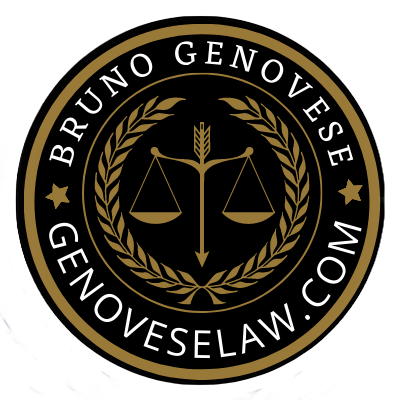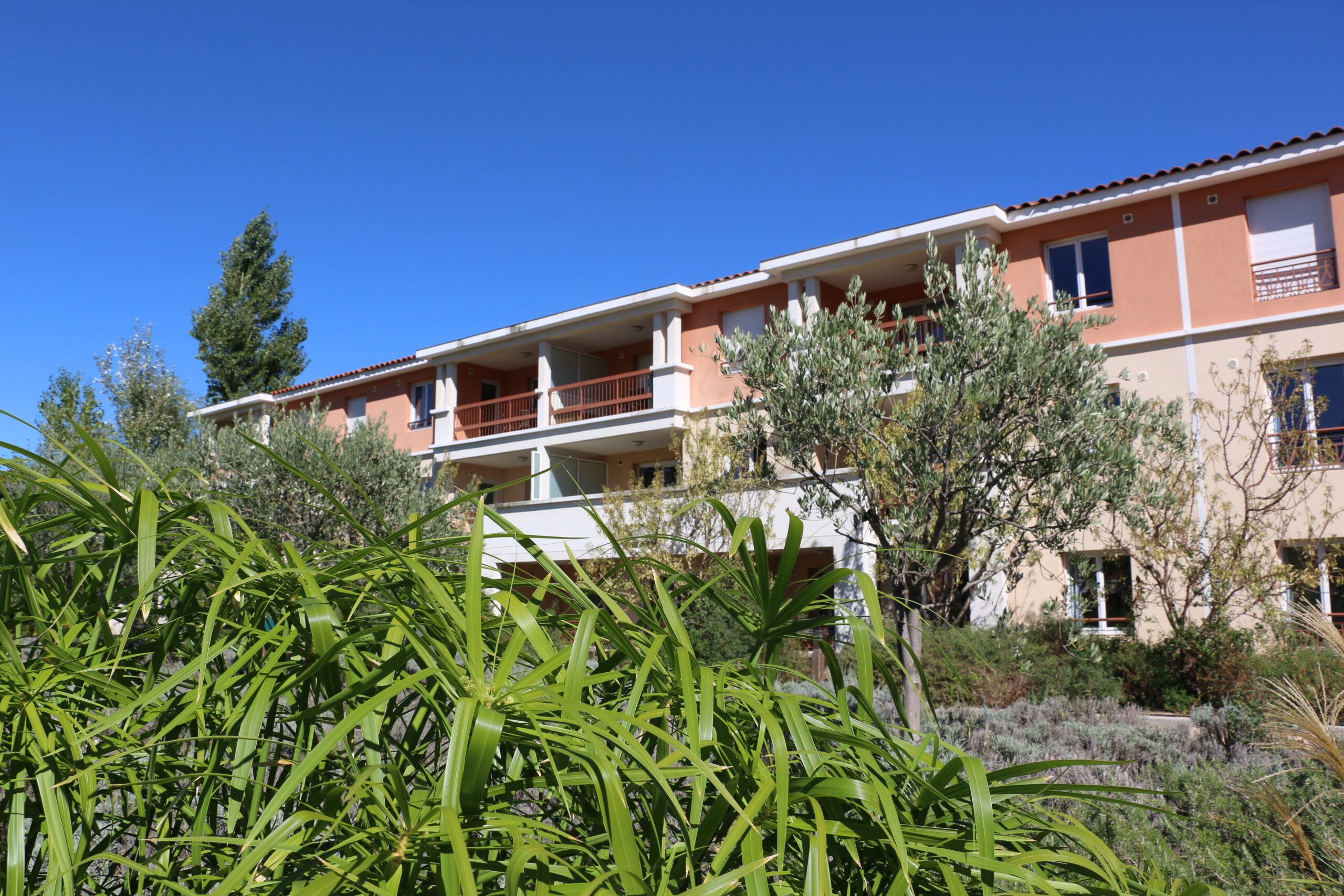Introduction
When you first hear about French leaseback properties, they sound like the real estate equivalent of a perfectly ripened Brie: smooth, low-maintenance, and guaranteed to bring a slice of that classic French charm to your portfolio. But just like buying cheese, there are a few questions to consider: Is this investment truly fromage de luxe or are there hidden flavors (and costs) lurking beneath that inviting exterior?
While leasebacks promise steady rental income and minimal work, the reality is that they can come with risks that are worth knowing before you dive in. So grab a slice of pain and let’s dig into the potential pitfalls, hidden fees, and the not-so-obvious financial risks of French leasebacks, and how you can avoid getting left with a big wheel of regret.
1. The “Guaranteed” Income – When Promises Start to Smell Like Overripe Camembert
One of the biggest selling points of leaseback properties is the “guaranteed” rental income. Who doesn’t like the idea of steady checks arriving, all while you’re sipping wine and imagining guests enjoying your slice of France? But what happens when that guaranteed income turns out to be more of a vague suggestion than a solid promise?
The Reality Check on Rental Guarantees
Many leaseback contracts do indeed promise a rental income, but the devil is in the details – or in this case, the fine print. Often, these guarantees come with conditions like occupancy rates or “force majeure” clauses that allow for payment suspensions if tourism dips, markets shift, or a pandemic happens to roll in. Suddenly, the reliable income you counted on can take an unplanned vacances.
And if your property manager is struggling financially? Well, that “guaranteed” income can dry up faster than a French wine cellar at an expat reunion. It’s worth noting that management companies aren’t required to have reserve funds, so if they hit hard times, your payments might be delayed or reduced.
Staying Ahead of the Risk
Before signing anything, read the income guarantee clauses carefully. Ask for details on what events might affect the rental income and ensure that you understand your rights. If you’re already feeling the pinch of inconsistent income, consider renegotiating terms or consulting a French real estate attorney who can clarify what, if anything, can be done to hold the management company accountable. Remember, a little vigilance now can prevent a lot of fromage-related headaches later.
2. Maintenance Fees That Rise Like a Soufflé
In leaseback properties, maintenance fees are part of the deal, meant to cover upkeep and repairs without you lifting a finger. But these fees can sometimes inflate unexpectedly, growing faster than a soufflé in a hot oven.
What’s Behind the Rising Costs?
Maintenance fees are designed to cover necessary expenses, but in reality, they can include everything from basic landscaping to luxury upgrades that you may not even want. Some leaseback owners find themselves paying for “essential” projects that seem more like aesthetic indulgences – think imported marble lobby floors or “exclusive” lavender gardens. And because these properties are meant for tourists, property managers sometimes prioritize cosmetic appeal over budget-conscious maintenance.
Another potential fee trap? The infamous “emergency repair fund.” These funds can add up quickly, especially if your property manager decides that “emergency” includes upgrading the lobby chandeliers.
Mitigating the Risk of Rising Fees
Ask for a breakdown of all maintenance fees, including any “special projects” or “emergency repairs.” See if you can cap future increases or, at the very least, join forces with other owners through the syndicat de copropriété (owners’ association) to push for transparency. Make it clear that while you support maintaining high standards, you’re not here to fund a luxury hotel.
3. The Illusive Exit Strategy – Like Trying to Sell an Overripe Brie
Leaseback properties are meant to be long-term investments, but if you decide you want to sell, things can get complicated – fast. Unlike traditional real estate, leasebacks come with certain restrictions and can be a hard sell in the open market.
Why Leasebacks Can Be Tricky to Offload
Selling a leaseback is more complex than listing a regular property. For starters, the new owner will have to take on the lease agreement, which narrows down your buyer pool to other investors. And if the income guarantee isn’t as strong as it once was, your property’s resale value may be impacted – after all, who wants a property that comes with a spotty income track record?
Furthermore, if you want to sell without the lease, you may have to pay a hefty fee to terminate the agreement. It’s a bit like trying to return an overripe Brie to the cheesemonger – they’re unlikely to take it back without a good reason and maybe a little compensation.
Planning Your Exit (Before You Even Enter)
If you’re considering a leaseback, it’s wise to have an exit strategy in mind. Find out if you can terminate the lease early and under what conditions. Ask your property manager or real estate agent about potential resale options and whether the property’s value is expected to appreciate. Knowing your options up front can help you avoid feeling trapped if you decide the leaseback life isn’t for you after all.
4. Economic and Tourism Dependency – When the Market Decides to Take a Sieste
The leaseback model relies heavily on tourism to keep things running smoothly. But if there’s one thing we’ve learned recently, it’s that tourism is anything but predictable. When tourism dips, so does your property’s income potential – and if the decline is severe, it can put even the most “guaranteed” rental payments at risk.
The Reality of Tourism Dependency
Leaseback properties are often located in tourist hotspots – ski resorts, beach towns, scenic villages. But when travel slows down, your income stream can take a hit, and with fewer guests booking rooms, property managers may face financial challenges. In some cases, this might mean reduced rental income, higher fees to cover losses, or even sudden “adjustments” to the income guarantee.
And let’s not forget market fluctuations. If local real estate values drop, your leaseback property’s value could follow suit, leaving you with an investment that’s worth less than you paid for.
Hedging Against Tourism Risk
Consider leasebacks in diverse areas or locations that attract both local and international tourists. Properties in cities or regions with year-round appeal tend to fare better than those in seasonal locations. And if your contract allows, reserve some of your rental income as a buffer – you’ll thank yourself during the next slow season!
5. Management Company Troubles – The Real Wild Card in Your Cheese Plate
In a leaseback arrangement, your property’s fate is often in the hands of the management company. If they’re competent and transparent, everything runs smoothly. But if they’re cutting corners or mismanaging funds, your investment could start smelling like overripe Pont-l’Évêque.
What to Watch for in a Management Company
Management companies play a central role in leasebacks – they handle everything from bookings to repairs to financial reporting. But if they’re prone to “ghosting” owners, providing vague income statements, or springing surprise fees, it’s a major red flag. And remember, if they go out of business, your “guaranteed” income could disappear along with them.
If your management company starts dropping the ball, you could find yourself stuck with high fees, falling occupancy rates, or unexpected maintenance costs. In worst-case scenarios, poor management can even lead to legal disputes – and suddenly, your passive income feels a lot more hands-on than you bargained for.
Choosing the Right Management Partner
Before signing on, research the management company thoroughly. Look up reviews, speak to other owners if possible, and ask about their financial stability. And if you’re already experiencing issues, don’t hesitate to bring in legal assistance to push for accountability. After all, a good manager should be more like a trusty baguette than an unpredictable Roquefort – reliable, consistent, and always there when you need them.
Conclusion: Knowing the Risks and Keeping Your Investment Fresh
French leaseback properties can be a wonderful investment, but like any cheese, they need a bit of care and attention. By understanding the real financial risks and knowing what to watch out for, you can keep your investment from turning sour and ensure it ages more like a fine Camembert and less like a questionable Limburger.
Whether you’re just starting your leaseback journey or are already deep in the trenches, a little caution goes a long way. Keep an eye on income stability, maintenance fees, and market conditions, and don’t be afraid to question your management company’s practices. With a bit of vigilance and some practical know-how, you can keep your French leaseback fresh, profitable, and – most importantly – free of unexpected surprises.
So, here’s to smart investments and keeping your portfolio as delightful as a sunny day in Provence. Bon courage and may your leaseback experience be as smooth as a well-aged Brie!





